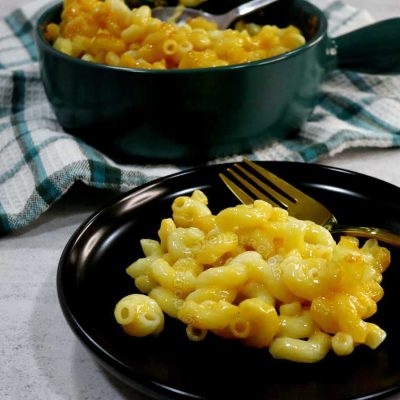Omurice was born in Japan
Western dishes, including the omelette, were introduced to Japan during the last quarter of the 19th century. It was the Meiji era, Japan had discarded the hereditary class system, and opened its doors to Western technology and the modern capitalist system. That explains the extent of Western presence in Japan at the time that omurice was born in 1902 at a Western-style restaurant called Renga-tei in Tokyo’s Ginza district.
The Japanese introduced omurice to Korea and Taiwan, both of which were Japanese colonies until the end of World War II, where it became just as popular.
How omurice reached Korea
It isn’t just omurice that Japan brought to Korea. A lot of Japanese food became intergrated with Korean cuisine. The how is the result of annexation and war.
Korea had long adhered to a policy of isolationism and only had foreign relations with China. But, in the 1800s, European and American elements had been trying to encroach into the territory.
Japan, meanwhile, had been trying to establish trading relations with Korea since the Edo period (1603 to 1867). While Japanese traders were allowed in Korea, their presence was limited to an outpost in Tongnae near Pusan. Then, the Ganghwa Island incident happened.
Ganghwa Island, a part of Korean territory, was at different times occupied by the French and the Americans who had been trying to get a foothold in Korea. Both occupations were far from friendly, and there were confrontations that caused deaths.
With these incidents still fresh in the minds of the Koreans in 1875, a Japanese ship surverying coastal waters dispatched a party to Ganghwa Island (to request water and provisions, or so they claimed) and the Koreans opened fire on them. The better armed Japanese overwhelmed the Koreans and, the following year, the heavily lopsided Treaty of Ganghwa was signed, and Korea opened its borders to Japanese and other foreign trade.
More unequal treaties, a drought, riots and revolts, Japan’s war with China (First Sino-Japanese War (1894 – 1895) and the assassination of Korea’s Empress Min by Japanese agents followed. By 1910, another treaty was signed, Korea became a protectorate of Japan and remained as such until Japan lost in World War II.
Omurice and Japanese food in Taiwan
Since the Treaty of Ganghwa in 1876, Japan had been easing out Chinese influence in Korea. The Qing Dynasty didn’t like it and First Sino-Japanese War was fought over Korea. The badly armed Chinese lost and, as a result, the Treaty of Shimonoseki was signed in 1895 and the Qing Dynasty ceded the Liaodong Peninsula, Taiwan and Penghu Islands to Japan “in perpetuity”.
Ceded Taiwan? Does that mean that, historically, Taiwan had always been part of China? That’s one theory. What has been documented is that the Dutch East India Company arrived in the island (then known as Formosa) in the 17th century, was able to control some areas and, in the course of business, started importing laborers from China. Many of these laborers settled permanently in Taiwan.
When the Ming Dynasty of China fell in 1644, Zheng Chenggong, Prince of Yanping, a Ming loyalist who resisted the Qing conquest of China, sailed to Taiwan and drove out the Dutch. He and his heirs ruled for two decades until his grandson was defeated by the Qing Dynasty which annexed Taiwan and declared it under the jurisdiction of the Fujian province. This annexation brought in migrants from mainland China.
So, it was while Taiwan was under the jurisdiction of the Qing Dynasty that China lost to Japan in the First Sino-Japanese War, and the island was ceded in 1895. For the next fifty years, amid several rebellions, Japan ruled Taiwan.
Omurice through the years
So, you see, while it may seem like omurice is a dish shared in common by neighboring countries, it’s neither as simple nor as benign as that. Yet, curiously or not, despite the cooking and presentation styles that were born over the years, omurice in Japan, Korea and Taiwan has largely remained the same — it’s rice served with an omelette.
There is no universal formula for making omurice. In fact, there is even no single formula for cooking the omelette. It can be thin like a crepe or it can be fancy like when the egg whites are beaten to stiff peaks to make a fluffy omelette or when the still-wet beaten eggs are twirled in the pan with chopsticks to resemble a tornado.




